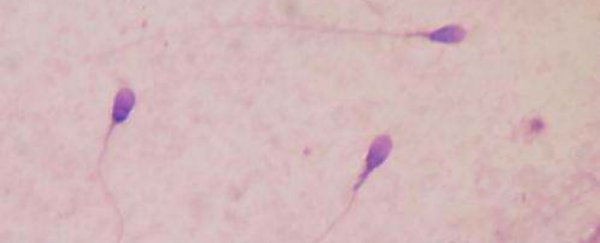Scientists in Spain have managed to use a cocktail of genes to turn human skin cells into germ cells, which can eventually be developed into sperm or eggs. It's hoped that this new process will help couples who rely on donated sperm or eggs to conceive.
According to estimates, around one in seven couples have trouble conceiving, and this new 'gene reset' procedure could potentially provide another option to them, though there's still a long way to go, especially because of the strict legal regulations surrounding the creation of artificial embryos.
"What to do when someone who wants to have a child lacks gametes [eggs or sperm]?" said one of the researchers, Carlos Simon from the Valencian Infertility Institute. "This is the problem we want to address: to be able to create gametes in people who do not have them."
The researchers say they were inspired by the Nobel Prize-winning work of Japan's Shinya Yamanaka and Britain's John Gordon back in 2012. Yamanaka and Gordon discovered that mature, adult cells could be reprogrammed to become immature, pluripotent cells – that is, cells that can turn into any other type of tissue.
The pair's findings "revolutionised our understanding of how cells and organisms develop", the Nobel Prize judges said at the time. Now, Simon and his colleagues have built upon their important work.
In their experiment, the team added a 'cocktail of genes' to skins cells, which then took about a month to turn into the germ cells. While the germ cells could be developed into sperm, it wouldn't have the ability to fertilise, because a further mutation phase is required to create a gamete, Simon says.
"With the human species we must do much more testing because we are talking about the birth of [a] child," he explains. "We are talking about a long process."
It's one step further from the work carried out by Chinese researchers earlier this year, where 'test-tube' sperm cells were used to fertilise mouse eggs. Healthy mouse offspring were produced using the technique, but doing the same using human embryos represents a whole new level of complexity.
There are ethical questions, too. If we do develop the ability to conceive children using artificial sperm and eggs, should we use it? Would children born in this way have some kind of biological disadvantage?
While the philosophical debate continues, the science required to make it happen is progressing faster than ever.
The group's work has been published in the journal Scientific Reports.
